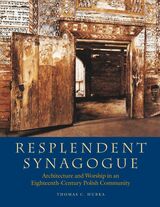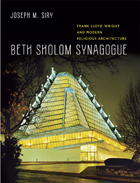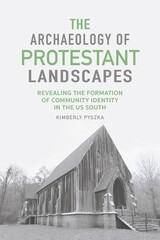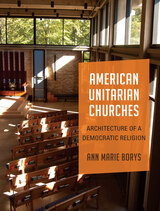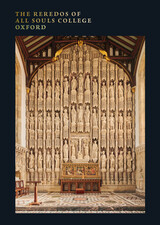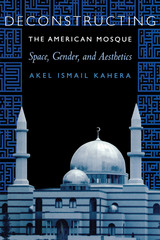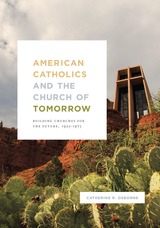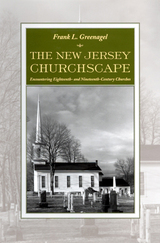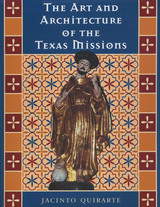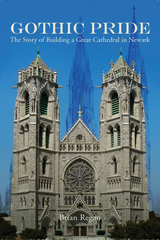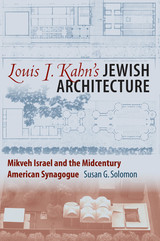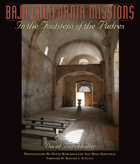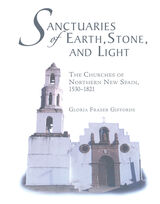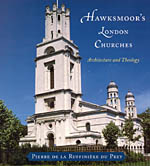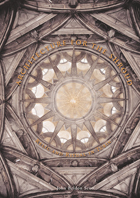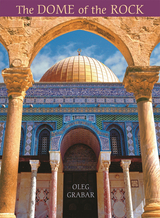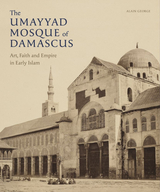Louis I. Kahn’s Jewish Architecture: Mikveh Israel and the Midcentury American Synagogue
University Press of New England, 2009
eISBN: 978-1-61168-868-9 | Cloth: 978-1-58465-788-0
Library of Congress Classification NA5235.P47S65 2009
Dewey Decimal Classification 726.30974811
eISBN: 978-1-61168-868-9 | Cloth: 978-1-58465-788-0
Library of Congress Classification NA5235.P47S65 2009
Dewey Decimal Classification 726.30974811
ABOUT THIS BOOK | AUTHOR BIOGRAPHY | TOC
ABOUT THIS BOOK
In 1961, famed architect Louis I. Kahn (1901–1974) received a commission to design a new synagogue. His client was one of the oldest Sephardic Orthodox congregations in the United States: Philadelphia’s Mikveh Israel. Due to the loss of financial backing, Kahn’s plans were never realized. Nevertheless, the haunting and imaginative schemes for Mikveh Israel remain among Kahn’s most revered designs. Susan G. Solomon uses Kahn’s designs for Mikveh Israel as a lens through which to examine the transformation of the American synagogue from 1955 to 1970. She shows how Kahn wrestled with issues that challenged postwar Jewish institutions and evaluates his creative attempts to bridge modernism and Judaism. She argues that Kahn provided a fresh paradigm for synagogues, one that offered innovations in planning, decoration, and the incorporation of light and nature into building design.
See other books on: 1901-1974 | Kahn, Louis I. | Louis | Philadelphia | Synagogue architecture
See other titles from University Press of New England


